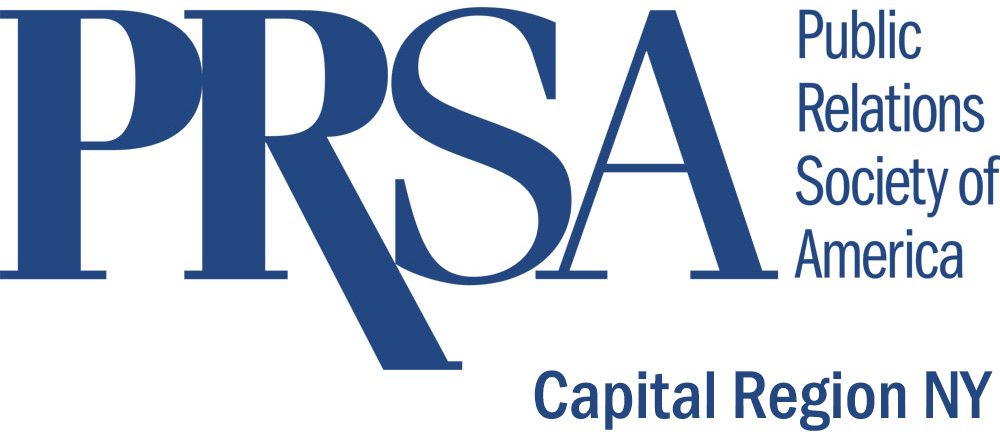1. Use an active voice rather than a passive voice, strong rather than weak words.
In an active sentence, the subject is doing the action. In passive voice, the target of the action is the subject, and the focus is changed. When you have a choice, choose a strong word, which is generally more specific, over a weaker one.
2. Don’t misplace or dangle modifiers.
Modifiers are a single word (an adjective or adverb) or a phrase or clause describing other words (nouns or verbs) or groups of words.
3. Get to the point quickly.
Often, readers will only take the time to read the first few sentences.
4. More is not always better.
Using more words does not always improve clarity, but often has the opposite effect.
5. Avoid jargon.
Using industry jargon often leads to confusion and misunderstanding.
6. Punctuation matters.
Despite the relaxed use of punctuation in email and texting, it still matters a great deal.
7. Know when to use “that” or “which.”
Use “that” when it begins a clause that is absolutely necessary to limiting what precedes it. Use “which” when the clause that follows provides additional but not essential information.
8. Be careful with homophones.
A homophone is a word that shares the same sound with another word has a different meaning.
9. Parallel structure keeps things balanced.
Parallel structure involves using the same pattern of words to show that two or more ideas have the same level of importance.
10. Proofreading is a must!
Always re-read what you have written to ensure there are no typos, grammatical mistakes or violations of the previous nine tips.
Read More
